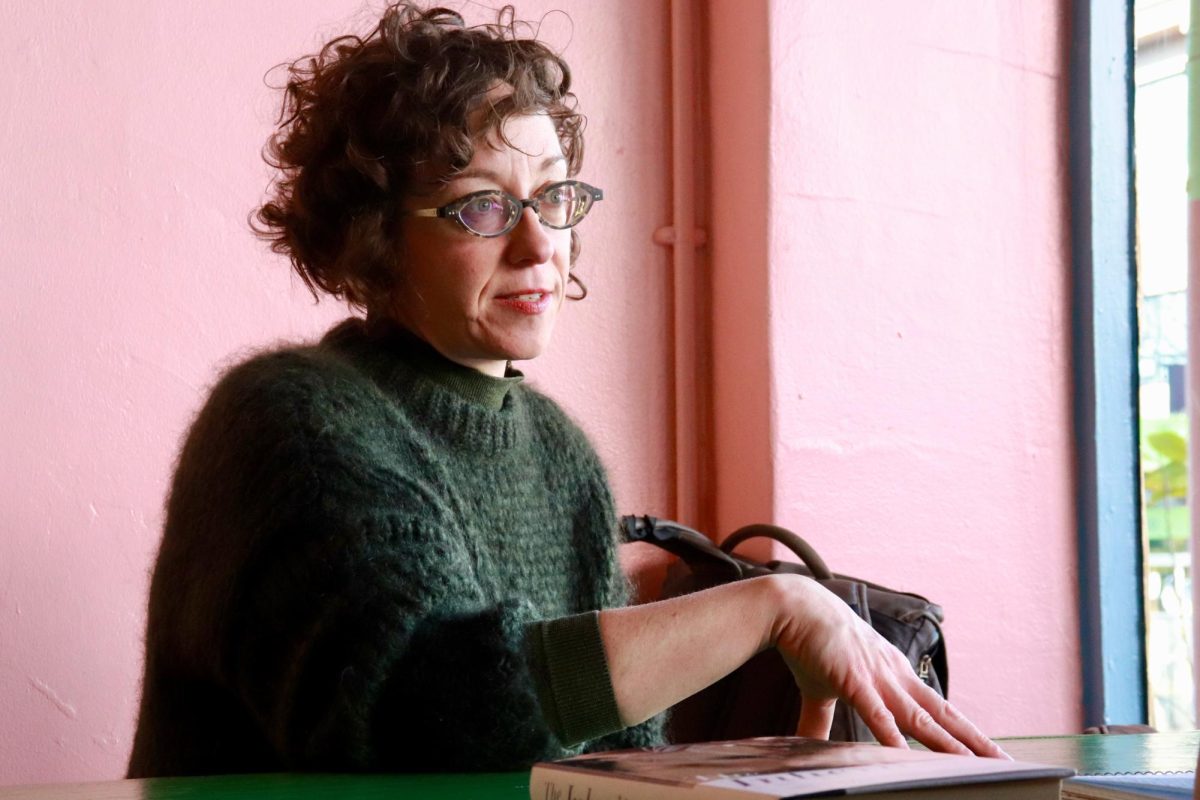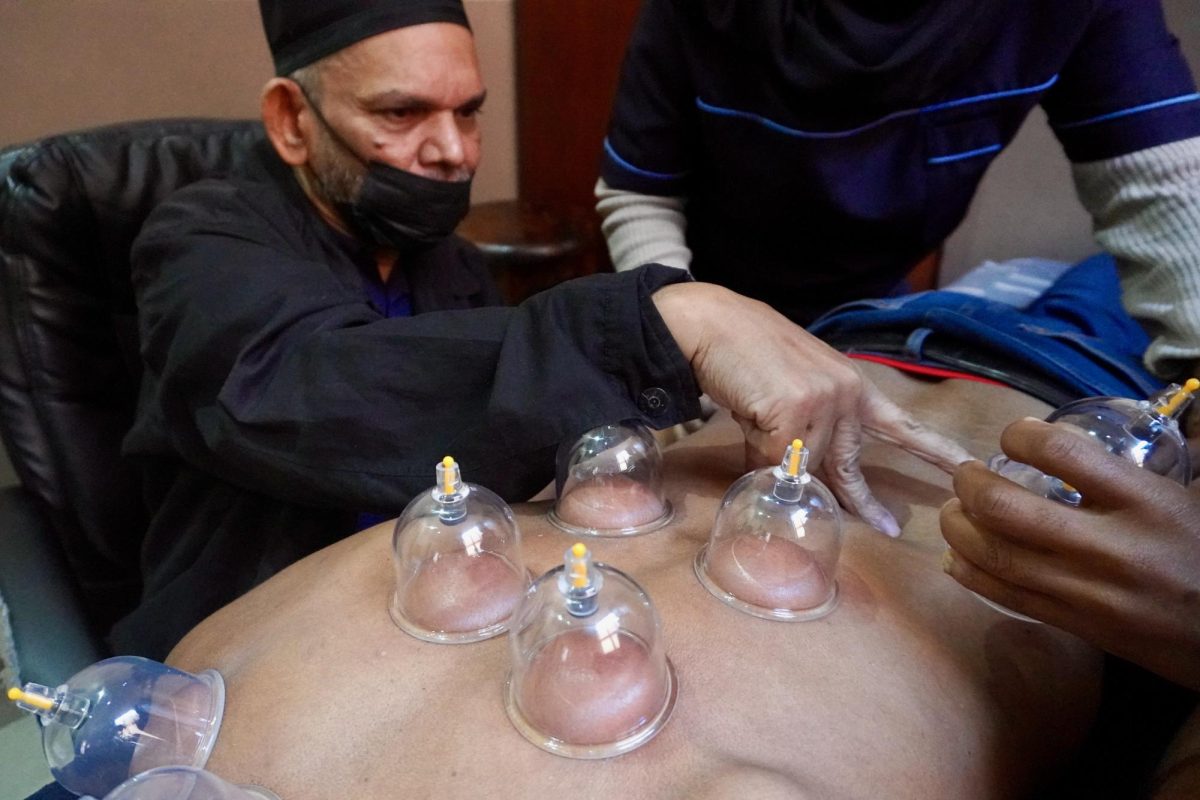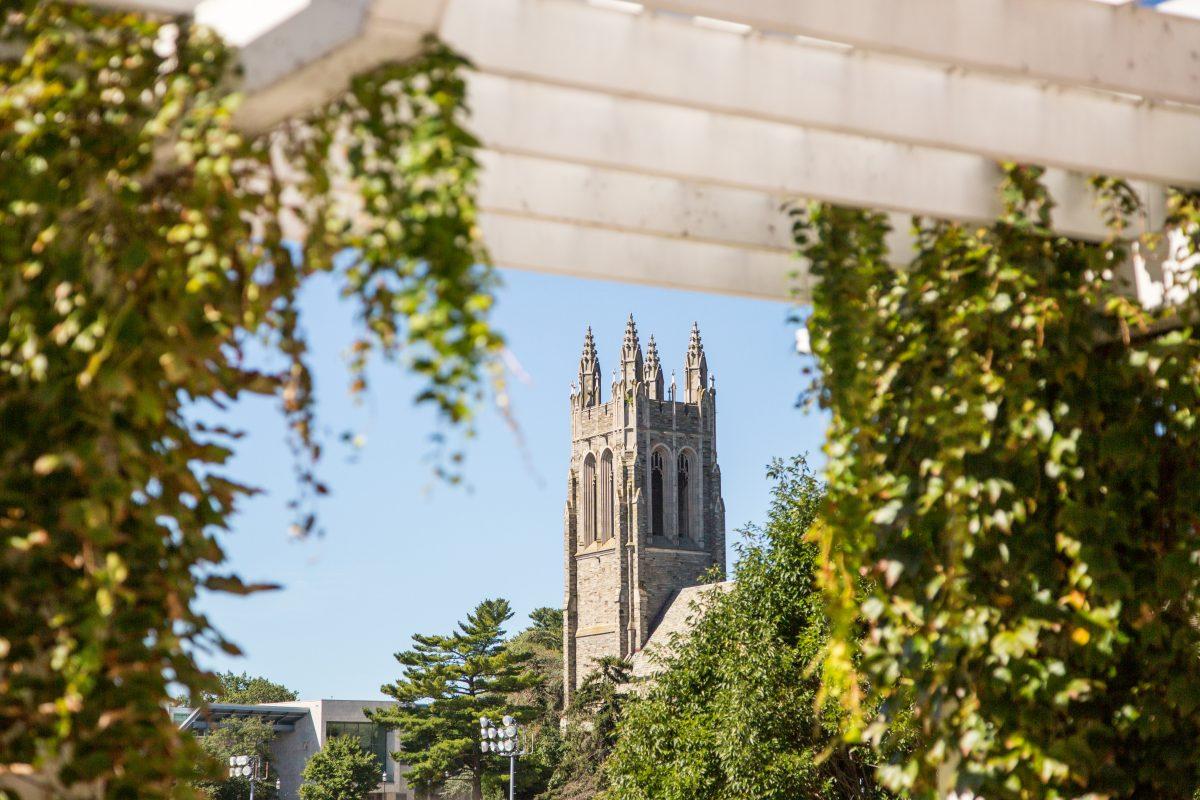Economic disparity in tuition costs
Based on data regarding the income of St. Joe’s student’s families, it has become clear the university has much to do in improving socio-economic diversity on campus.
Seventy-four percent of St. Joe’s students come from the top 20 percent of median family income, meaning their families earn $110,000 or more per year. In contrast, only 1.10 percent of students are from the bottom 20 percent, those families who earn $20,000 or less per year.
This imbalance is in conflict with Ignatian values. The Jesuit vision supports not only an openness to, but a desire to foster diversity, said Dan Ruff, S.J., campus minister for Ignatian spirituality and chaplaincy outreach.
“It is obviously not an ideal situation, particularly given historically, our founder, St. Ignatius, wanted Jesuit education to be free,” Ruff said. “Anyone who had the ability, could go to a Jesuit school and get a free education. The economic reality is that obviously that doesn’t work anymore.”
The lack of economic diversity poses a problem for the university, explained Monica Nixon Ed.D., assistant provost for Inclusion and Diversity.
“People’s ability to understand and be exposed to different perspectives, would be different and probably be better and enhanced if the socio-economic diversity of our student body looked different,” Nixon said. “Do we as an institution need to be more socio-economically diverse in our student body? The answer is yes. The questions are how to accomplish that.”
Robert McBride, assistant provost of enrollment management, said this is a problem the university is aware of, and is currently looking to correct.
“We have a generous amount of financial aid, and today, a lot of students are receiving aid,” McBride said. “I think 96 percent of the freshman class received some type of St. Joe’s assistance.”
However, helping a large percentage of St. Joe’s freshmen class makes it difficult to distribute a large portion of aid to the families that need it most.
“When you help a lot of people, you’re not as able to give more powerful awards to your neediest population,” McBride said. “We’re always looking for ways, and we actually made some progress in this area this year, where we were able to redistribute some financial aid, and give it to the highest need families.”
Redistribution is important. Since St. Joe’s offers financial aid to such a large portion of its student population, the university falls short on allocating enough of its financial aid budget to its neediest students.
For example, of the 1,176 incoming freshman from 2015-2016, the National Center for Education Statistics provided information for 755 students who took advantage of some form of Federal Student Aid. Of those 755, 417 of 418 students coming from a median family income of $110,000 or more received grant and scholarship aid. Additionally, 55 percent of the freshmen who received federal aid came from families that made more than $110,000 and accounted for $8,711,926 worth of financial aid.
In contrast, 43 students who received federal aid came from families that had a median income of $30,000 or less. This income bracket accounted for only $2,376,000 worth of grant and scholarship aid. Families making more than $110,000 accounted for 48 percent of the funds allocated to freshmen who received federal financial aid. While families making under $30,000 were given only 13 percent of the grant, scholarship dollars were allocated to students receiving federal financial aid dollars.
Student revenue, which includes tuition, fees and related auxiliary revenue, makes up 91 percent of St. Joe’s revenue budget. This makes the university highly reliant on student tuition dollars, in order to continue operating, challenging McBride and his colleagues to do their best to allocate the most possible aid to lower income families.
“It’s dealing with the social justice aspirations, and the competitive realities of this marketplace that we find ourselves in,” McBride said. “There are a number of things that we would like to move aggressively on, but it’s hard to make a huge step forward. Drastic change to aid strategy and so forth could have really unpredictable results, so we have to be steady in the way that we do it.”
In other words, drastic reallocation of aid from high income level students would be bad for business. The university has found a price point where they feel they will be able to attract the maximum amount of high income students, and that is dramatically lower than the sticker price of the university.
“Saint Joseph’s has a long tradition of having a very merit-based financial aid strategy and year after year we have actually been putting more emphasis into need-based strategy,” McBride said. “We don’t feel like it’s something that we can pull the plug on overnight, where I can just stop giving to a certain part of the population, so it’s kind of been just redistribution of the aid on an annual basis.”
If average awards for highest and lowest income categories are considered, the allocation of financial aid is not proportional. The students from families who earned less than $30,000 per year, received an average total scholarship or grant of $30,462, while students from families that earn $110,000 per year or higher received an average scholarship or grant of $20,842. These two income categories are separated by $80,000.
Yet, students from the $30,000 and less category receive an average of only $10,000 more than families in the $110,000 or higher category.
In some cases, students are expected to pay nearly $28,000, while their family income is a maximum of $30,000.
Data indicates the university appears to be making progress in more equitable allocation of nancial aid based on family income. In the meantime current students still face financial difficulties.









































